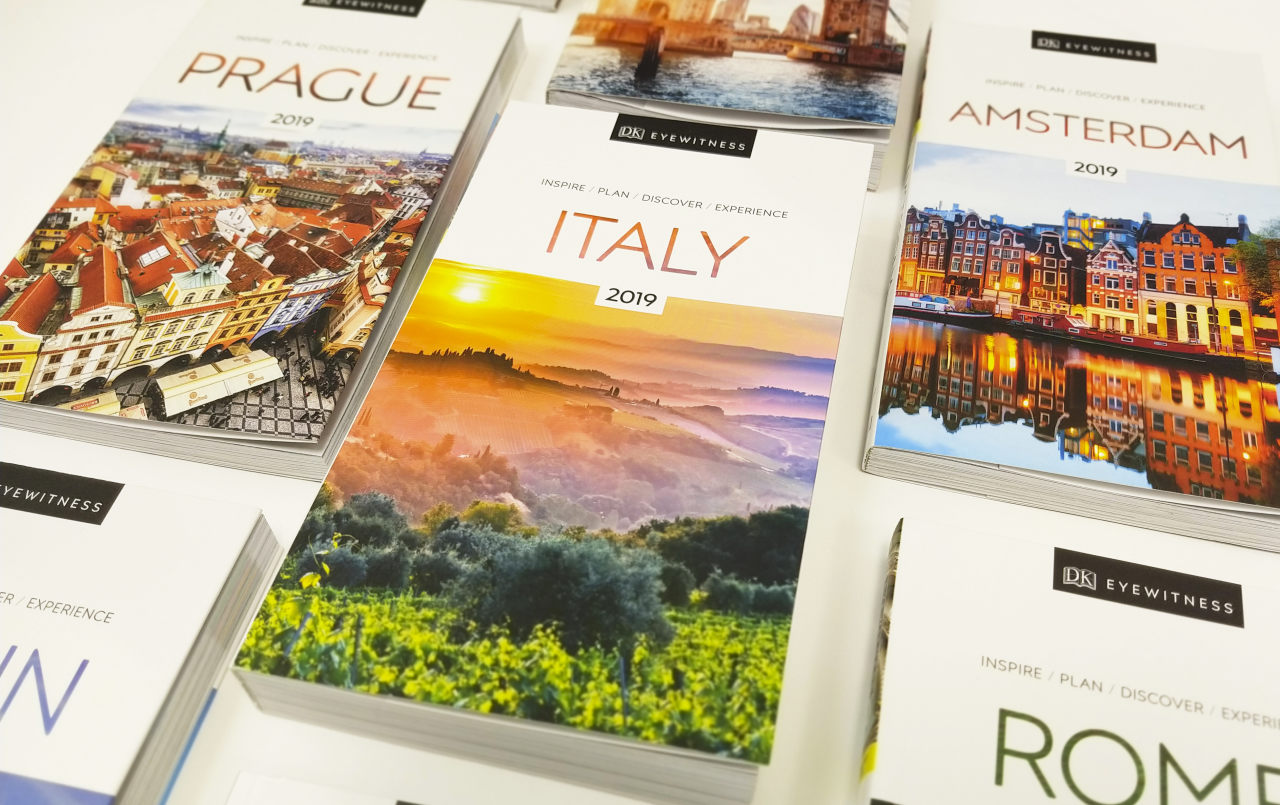Then and now: 9 ways travel has changed over the past 25 years
Take a step back in time...
Disposable cameras, postcards, and a bulging carry-on bag: all were key elements of travel back in 1993, a year that also saw the release of our first-ever DK Eyewitness Travel Guide.
To mark our 25th anniversary and to coincide with the relaunch of our DK Eyewitness series, let’s step back in time and look at how drastically vacations have changed since 1993.
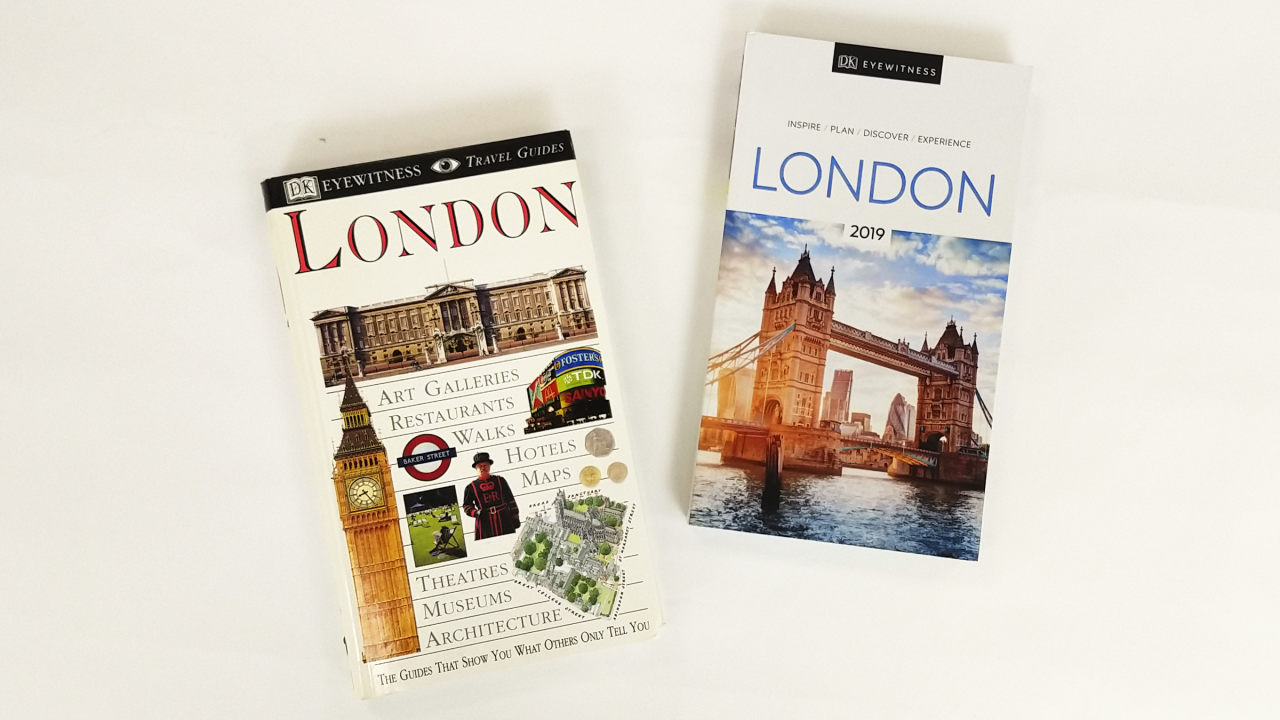
Travel was less frequent
While today, low-cost airlines allow us to take vacations on the cheap, back in 1993 these affordable flights were few and far between.
Now, across the board, flights are less expensive than they were 25 years ago, especially with carriers like Norwegian and WOW Air connecting the US to Europe, Iceland, Asia, and beyond. Plus, traditional airlines have begun to offer much more competitive prices, too. And once across the pond, traversing Europe need not cost more than a $10 lunch, thanks to now-ubiquitous Ryanair and easyJet routes.
Flights are also much more abundant, something which partly accounts for an almost 300 per cent increase in the number of overseas trips taken by travelers since the early 1990s. The profusion of available flights has also changed the way we travel. Rather than the two-week-long “Big Trips” of the 1990s’, short breaks and one-week jaunts now reign supreme.
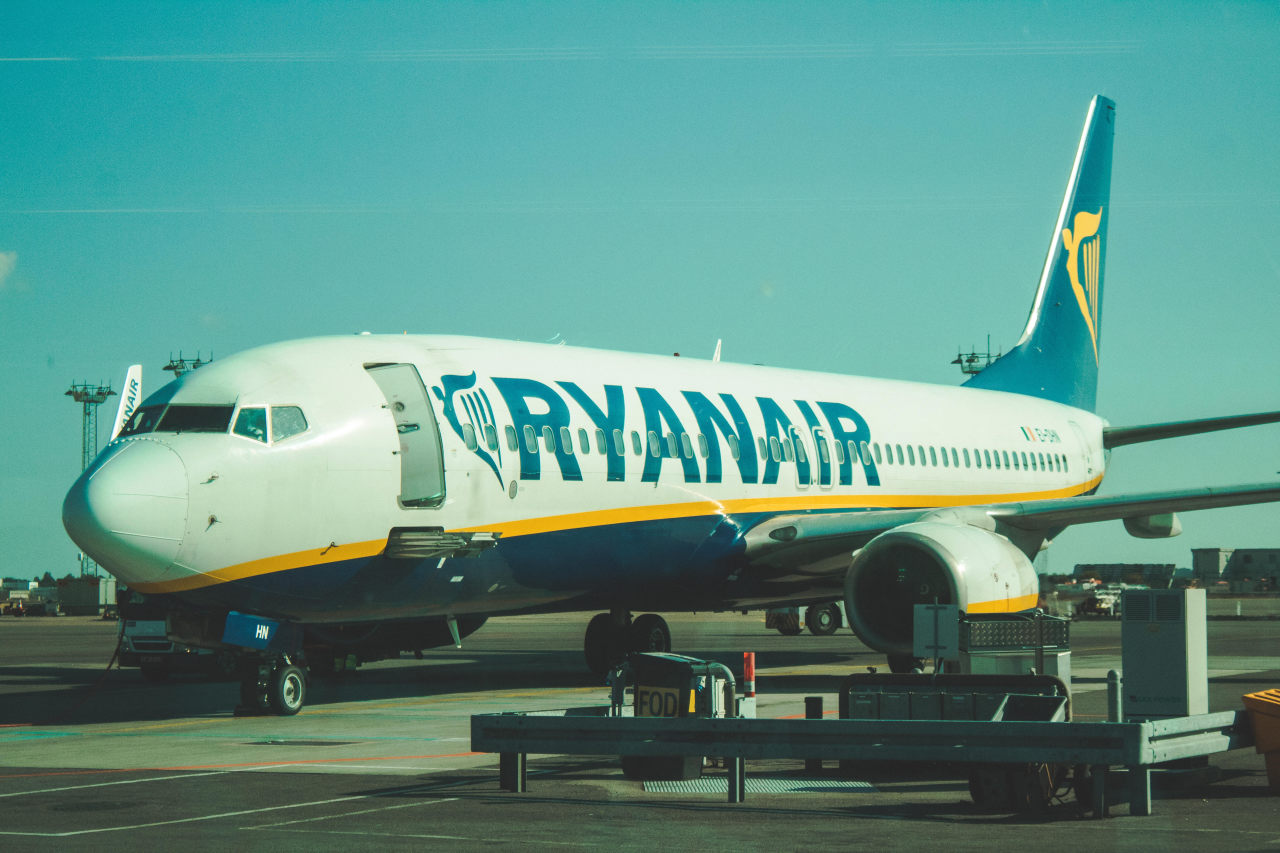
Travel was simpler, but less independent
Still at a nascent stage, the internet was unknown to most earthlings back in 1993. So, amid such Neanderthal days of information-underload, holidaymakers visited shop-based travel agents for help with trip-planning.
Today, the mind-boggling array of data at our disposal enables wholly-independent travel experiences, from finding the cheapest flights on Skyscanner to researching Lisbon’s best restaurants on TripAdvisor. But such a wealth of information can be overwhelming—that’s where travel guides come in handy, cutting through the cacophony of online information and providing expertly curated, local advice.

It was all about the tick-list
Immersive travel—cooking classes, local-led tours, street-art safaris—is very much a contemporary craze. Rewind to the 1990s and the focus was largely on seeing specific sights, rather than a desire to really get under the skin of a destination.
And while tourists today remain keen on admiring those bucket-list sights, like the Eiffel Tower in Paris or Rome’s Trevi Fountain, so equally do we hanker to unearth a more authentic side to a city or country. That’s why, in our brand-new DK Eyewitness Travel Guides, we not only include must-see sights, but blend this with local, insider advice on the best experiences a destination has to offer.
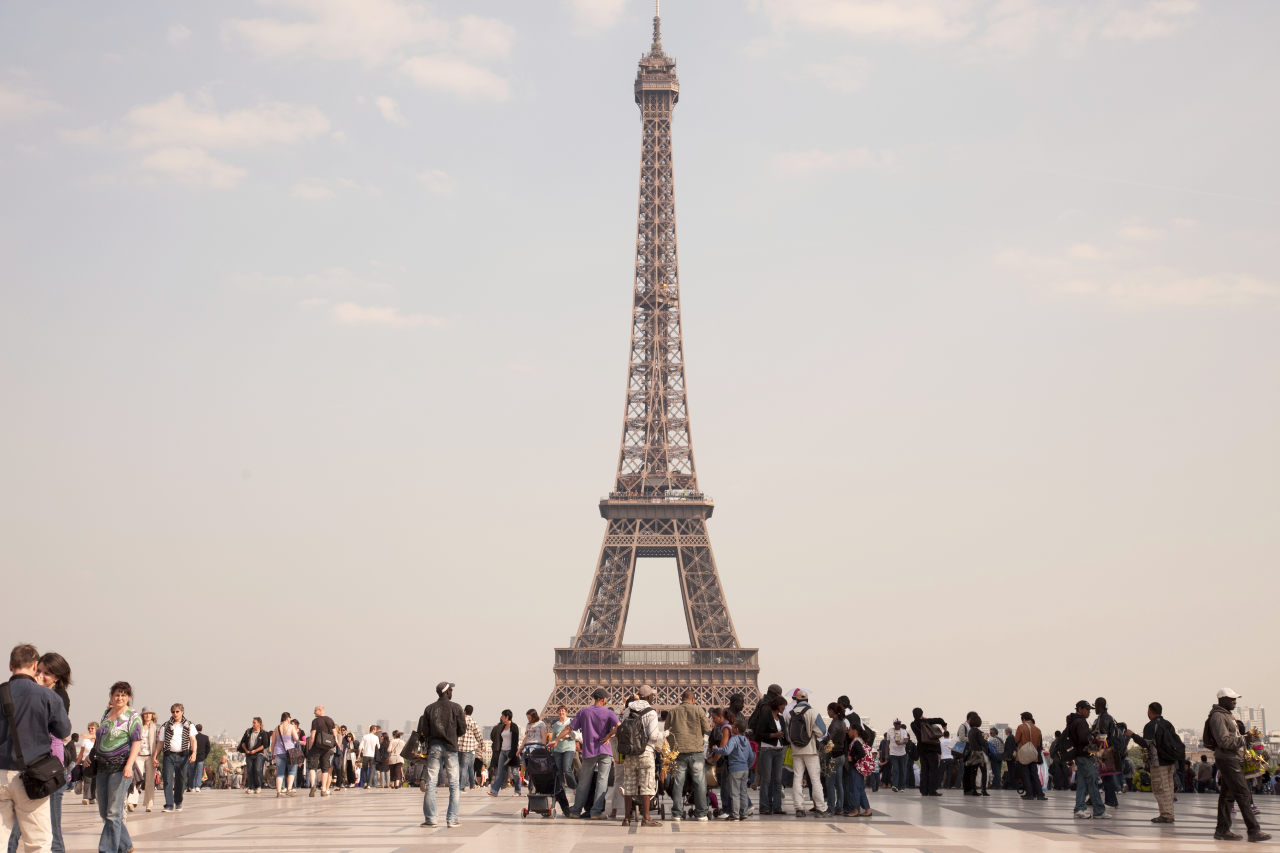
Destinations differed
One of 1993’s hottest destinations? Cambodia. Post-Khmer Rouge, the country and its magnificent Angkorian temples were opening up to visitors. Tourist numbers have subsequently soared by over 30,000%, a number indicative—if on the higher end—of Asian, African, Middle Eastern, and South American destinations’ market growth during the past quarter-century.
Some European destinations have also seen an influx of travelers. In 1993, Eastern European countries were only just opening their doors. Fast-forward to 2018, and Prague, Budapest, and Warsaw are some of the continent’s hottest destinations, while Croatia is now firmly on most people’s bucket lists. Most of these new destinations would have seemed decidedly offbeat back in 1993, a time when European classics like France and Italy held near-total sway.

We kept in touch with postcards
Whether in Cambodia or Cannes, 1993’s vacationers typically mailed postcards to friends or families. That, or they made long-distance calls with shaky connections from complicated phone boxes.
Keeping in touch is a cinch for us 21st-century travellers, though; communication is near-instantaneous via applications like Skype and WhatsApp, everyone has a smartphone, and WiFi’s always on offer. Postcards are still sent—and still take yonks to arrive; some things really do never change—but have since assumed a retro charm.
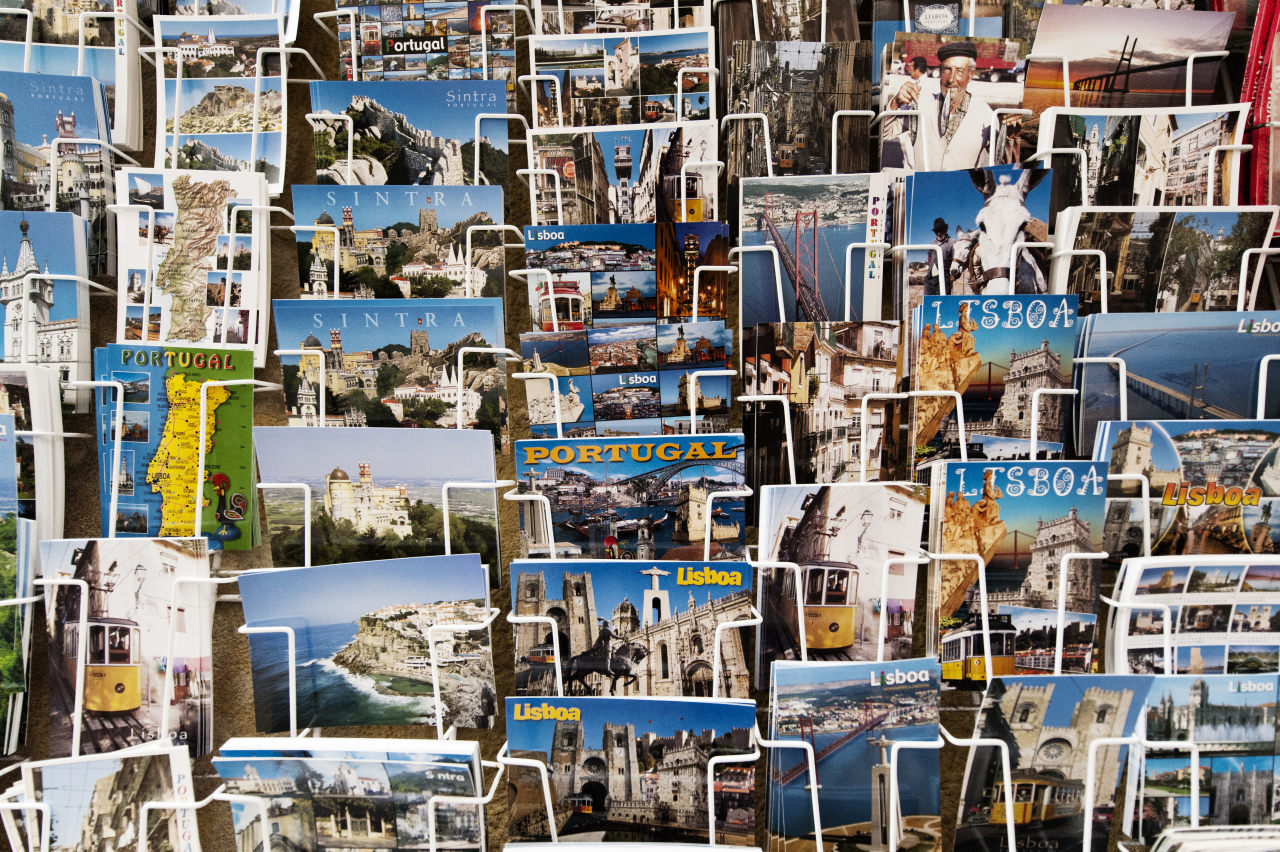
Accommodation was limited
If you told a friend in 1993 that your trip-base was a local’s pad, they’d have figured you meant a holiday let. Such properties, along with hotels and B&Bs, were pretty much the extent of mainstream travel accommodation back then.
But Airbnb and its numerous imitators have subsequently changed everything. Now, not only can you stay in bonafide local homes, but also in bonafide local windmills, wagons, boats, lighthouses, and even lorries.

People took fewer photos
Remember relatives taking you through their holiday shots? Remember rationing and carefully taking your disposable camera’s 20-odd unalterable snaps? Such was travel photography in 1993, a pursuit punctuated by tedious trips to get negatives developed.
Yet soon, along came dinky digital cameras, the internet, and finally smartphones, devices whose excellent lenses and high-storage potential today allow for photos galore—and for immediately sharing these images via Instagram, Twitter, and Facebook.
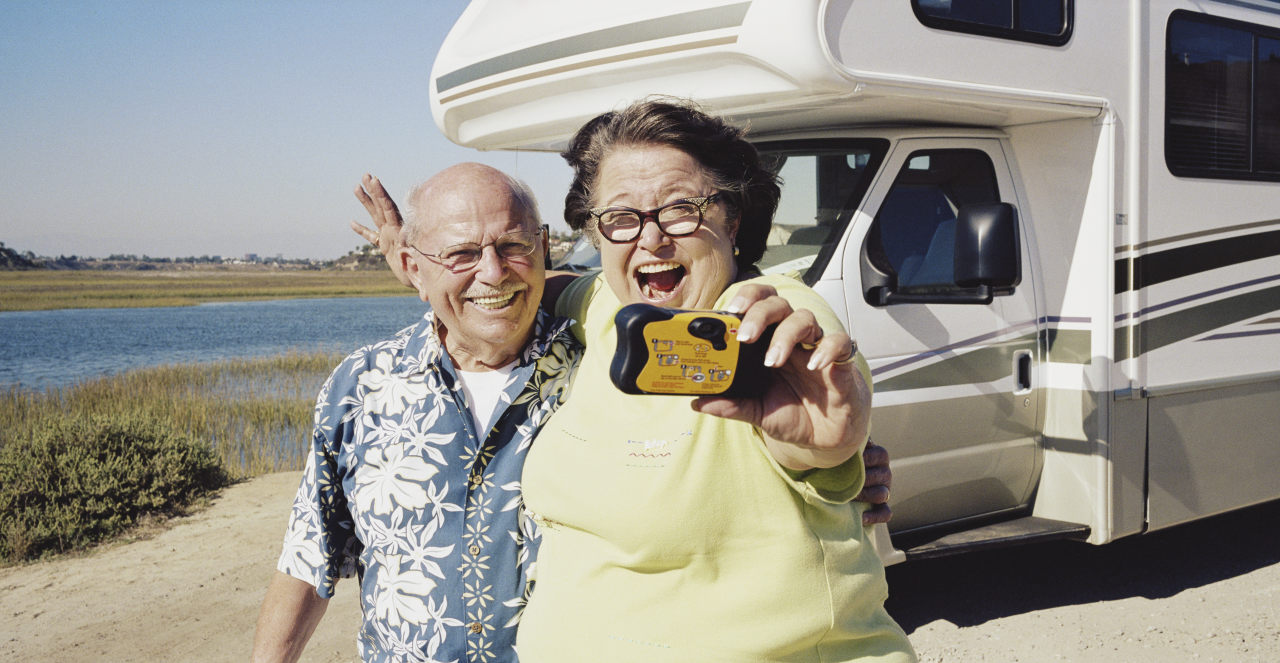
Your carry-on bag was bursting at the seams
In 1993, travelers had to cram plane tickets, boarding passes, travelers checks, and bags of local currencies into their carry-on, as well as lugging around any novels you might want to read on the flight over.
Life is simpler—and lighter—now. For one thing, we’re no longer weighed down by local currency: a proliferation of global ATMs and free-to-use-abroad bank cards mean we can grab cash on the go—and, since 2002, the euro has simplified Eurozone currency, too. Tablets also allow us to read books digitally, while phones host all our e-tickets and boarding passes.
Here at DK Travel, we’ve taken note of this lighter approach to travel. That’s why our updated DK Eyewitness Travel Guides now come in a smaller, lightweight format that will easily fit easily into your backpack.

You could smoke while flying
Smoking on planes had yet to be completely banned by 1993, as some carriers retained cabin sections for tobacco-toking.
British Airways took until 1998 to fully outlaw cigarettes at 45,000 feet; by 2000, almost all other airlines had joined them. Today it’s rare to find a city bar where one can puff away, let alone a jumbo jet.
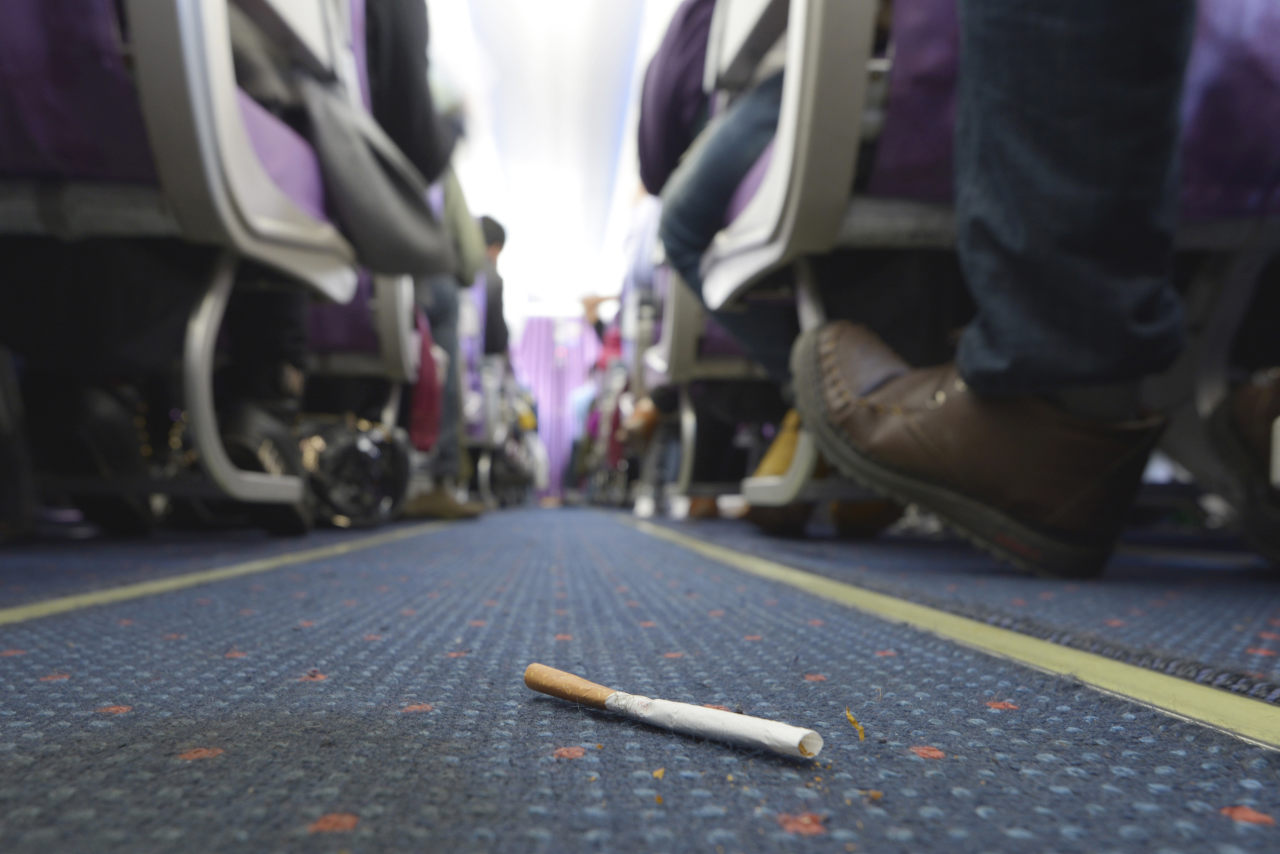
A (very brief) travel timeline from 1993 to now
1993
– DK launches its first-ever DK Eyewitness Travel Guide, covering London
1994
– Eurostar launches as the Channel Tunnel opens between Great Britain and France
– Southwest Airlines issues the first e-ticket
1995
– Low-cost airline easyJet is born
– The Schengen Arrangement pioneers border-free travel around Europe
1996
– Expedia’s advent initiates the reign of travel price-comparison websites
1998
– British Airways completely bans smoking across all flights
1999
– Duty-free sales end within the Eurozone, a nail in the booze-cruise coffin
– In Japan, smartphones enjoy mass adoption within a country for the first time
2002
–The euro enters into circulation
2004
– Facebook debuts
2005
– Google Maps takes atlases online
2007
– Double-decker Airbus A380s arrive in the sky
– Amazon’s Kindle is the first e-reader to achieve widespread commercial success
2008
– The age of Airbnb begins
2010
– Instagram starts making David Baileys of us all
2011
– Metro Bank begins offering a credit card which is free to use abroad
2012
– International tourist arrivals surpass 1 billion globally for the first time
2017
– To guard against overtourism, Venice moves to prevent new holiday accommodation from opening in its historic center and Machu Picchu starts capping visitors
2018
– DK Travel turns 25 and relaunches its bestselling DK Eyewitness Travel Guides
Discover our new travel guides
Want to find out more about our brand-new DK Eyewitness Travel Guides? Check them out here and then discover why you're going to love them.
